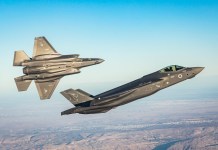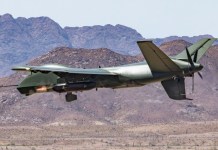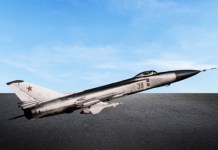Russian Iskander missiles are failing to hit their intended targets, according to the Ukrainian military. The Ukrainian air defenses effectively intercepted and neutralized all ten missiles launched by Russia on the night of June 1.
Patriot Missiles: Like The Gulf War, Are America’s ‘Much Touted’ Defense Systems Again Faltering In Ukraine?
In an operational update, Ukraine’s General Staff of the Armed Forces reported that Russian forces launched a series of attacks on the Ukrainian capital, commencing around 2:45 a.m. local time on June 1.
The armed forces of Ukraine stated that ten Iskander missiles were launched from Russia’s Bryansk region, situated northeast of Kyiv. Ukrainian defenses successfully intercepted seven Iskander-M ballistic missiles and three Iskander-K cruise missiles.
While the specific air defense systems utilized by Ukraine to intercept the launched Iskander missiles have not been disclosed, Kyiv’s Western supporters have provided military aid to bolster Ukraine’s air defense capabilities.
Among these aid packages is the inclusion of advanced systems like the US-manufactured Patriot air defense system.
Improving Ukraine’s air defense capabilities aims to provide better protection against missile threats, including those posed by the Iskander system.
Moscow’s forces have consistently relied on the Iskander missile system to carry out precise strikes on Ukrainian targets. The Iskander stands out as a mobile ballistic missile system, boasting an impressive 400-kilometer range and the capability to deploy nuclear warheads if necessary.
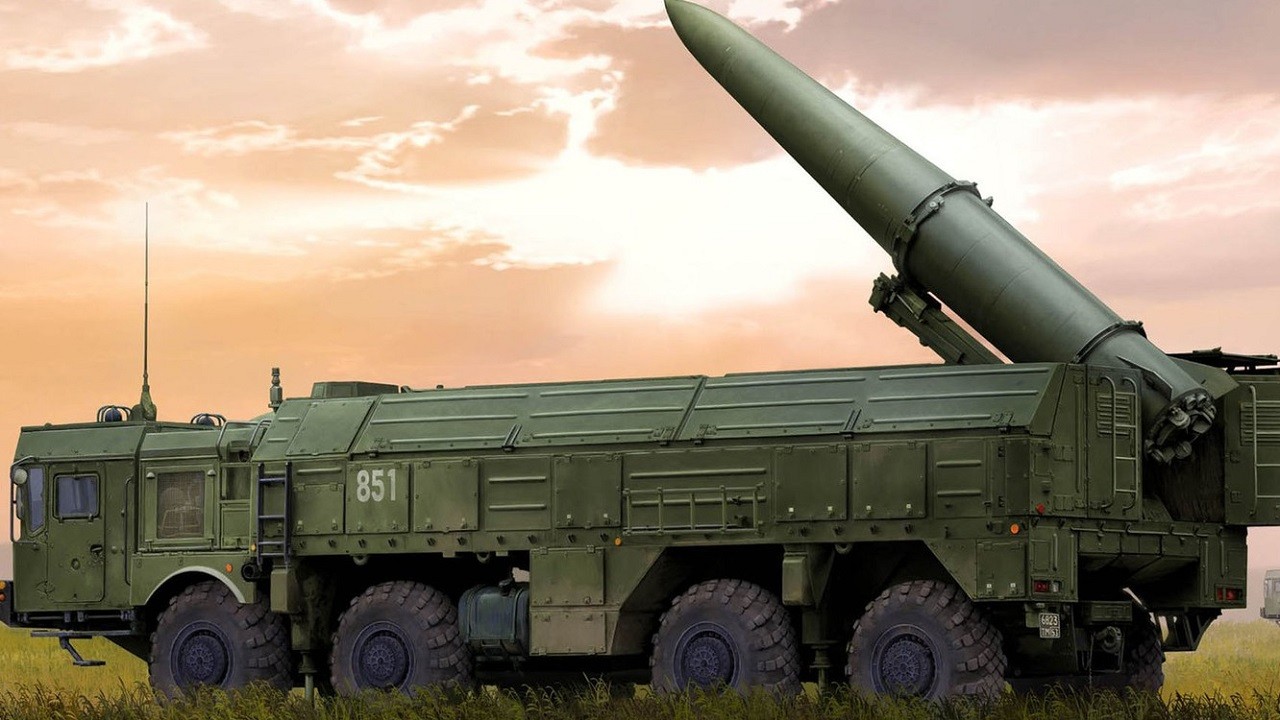
This weapon system is seamlessly integrated into a networked system of sensors and rapid-strike missiles, enabling swift and coordinated attacks on targets throughout the theater of operations.
Generally, strikes involving Iskander missiles have predominantly occurred during nighttime operations. However, on May 29, Ukraine’s military said Russia had conducted a daylight assault on Kyiv, employing 11 Iskander missiles in a barrage.
According to a statement by Ukrainian officials, the enemy had altered their tactics, deviating from their previous pattern of exclusively nocturnal attacks.
The Russian ballistic missiles were deliberately aimed at Kyiv during the daytime when many residents were at work or on the streets, creating additional challenges for the defense forces.
Key Necessities For Ukraine To Defeat Russia?
While the Ukrainian military has been receiving advanced weapons systems from its allies and actively seeking to acquire F-16 fighter jets, an Austrian military analyst has identified the critical requirements that he believes are necessary for the Ukrainian army to counter and defeat Russia effectively.
In an interview with NV on May 29, Austrian military expert Tom Cooper asserted that the Ukrainian Armed Forces do not need F-16s. Instead, he highlighted the urgent necessity for numerous artillery rounds.
Cooper believes that a significant increase in artillery ammunition is crucial to change the situation at the front lines for Ukraine substantially.
“In January, February, and March, it was demonstrated that, above all, you need a lot of artillery shells,” Cooper noted.
Cooper elaborated that his idea goes beyond merely sending a few hundred thousand rounds of artillery shells monthly.
He suggested that Ukraine should receive millions of shells every month until they possessed such an abundant supply that the military no longer needed to be concerned about rationing or conserving them.
The second priority identified by Cooper was the provision of heavy infantry weapons, specifically automatic grenade launchers and heavy machine guns. These weapons are essential for enhancing the firepower and capabilities of Ukrainian infantry units.
Thirdly, Cooper underlined the requirement of supplying heavy equipment, such as tanks and armored personnel carriers, to the Ukrainian Armed Forces. These armored vehicles serve a crucial role in providing protection and offensive capabilities on the battlefield.
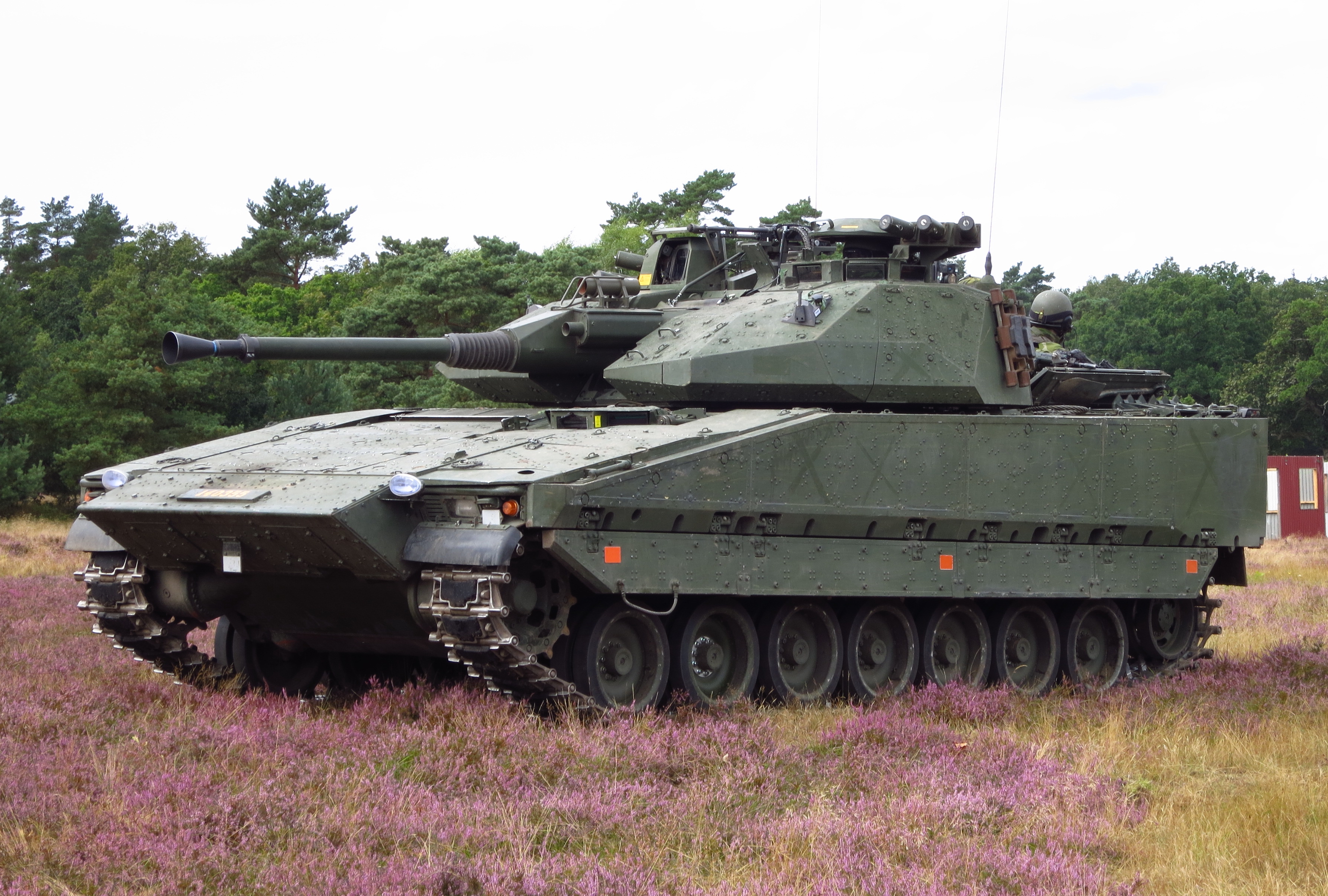
“Right now, you’re still equipped with NATO Class 2 weapons,” Cooper explained. “You’re getting old tanks, you’re getting old armored personnel carriers, you’re not getting enough infantry fighting vehicles,” he explained.
Cooper particularly mentioned the recent acquisition of modern infantry fighting vehicles from Sweden, such as the CV90, which features a 40mm cannon and provides excellent protection.
He also praised this equipment as excellent and well-suited for advancing and conducting various military operations. Cooper believed acquiring more of these modern infantry fighting vehicles would significantly enhance Ukraine’s capabilities on the battlefield.
The fourth item on Cooper’s list of priorities was acquiring additional air defense systems, including the Patriot, IRIS-T, NASAMS, and Hawk systems. He stressed the need for an air defense system to be deployed alongside troops on the front lines, providing crucial protection.
The fifth item identified by Cooper was the “Israeli-made Rampage fast hypersonic missile,” which he considered a superior weapon compared to long-range options like the British Storm Shadow missile and HIMARS rockets.
Cooper argued that the Rampage missile, launched from an F-16, flies at almost ballistic speeds, covering a distance of 150 kilometers with high precision.
Cooper’s reasoning behind favoring the Rampage missile over other options lies in its impressive speed, contrasting it with the slower velocities of the Storm Shadow and HIMARS rockets.
He believed that faster weapons, like the Rampage, are crucial and should be acquired in significant quantities to bolster Ukraine’s military capabilities effectively.
- Contact the author at ashishmichel(at)gmail.com
- Follow EurAsian Times on Google News


